Macadamia spp., originally from the subtropical rainforests in the southeast of Queensland and the east of New South Wales in Australia, is an evergreen arbor fruit tree of the Proteaceae Juss. Macadamia F. Muell in the family . It has only been cultivated for more than 160 years. It is also known as Hawaii nut because it was first commercially grown on a large scale in Hawaii, USA. Due to its delicious and nutritious kernels, macadamia is known as the "queen of dried fruits". It is highly popular in the international market. More and more countries and regions in suitable planting areas are actively introducing and testing or expanding the planting area.
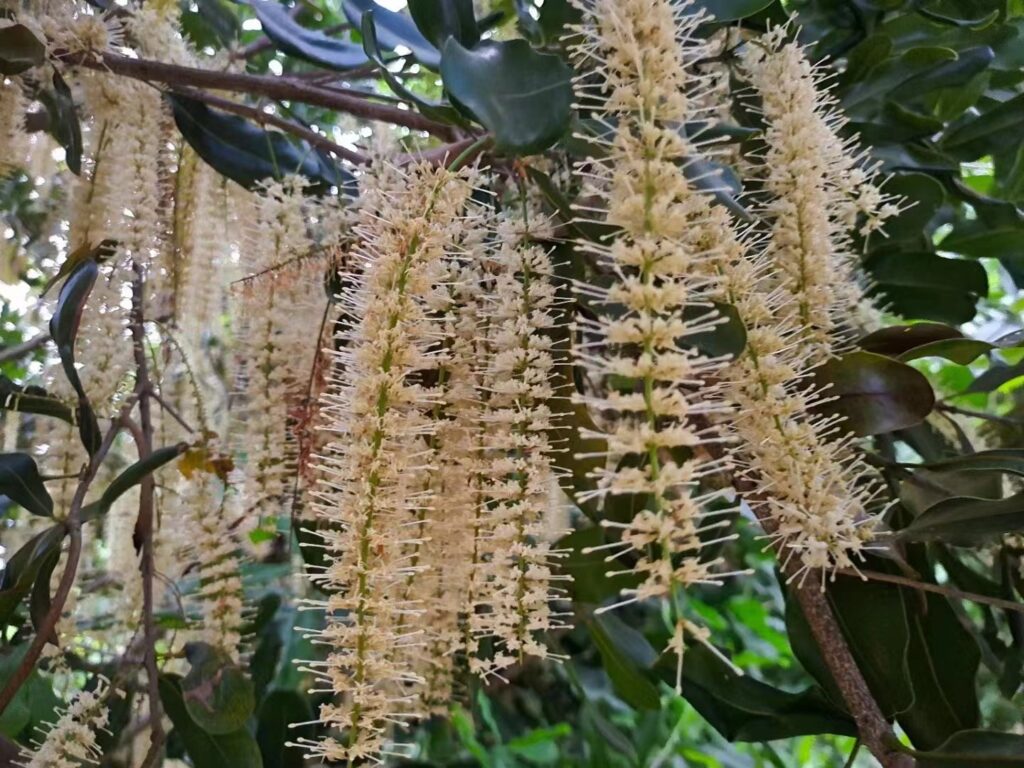
Macadamia is the only crop among native Australian plants that is commercially developed for food. tens of thousands of years ago, the aborigines living on the northeast coast of Australia began to eat macadamia. They looked for and collected the nuts, then peeled off the peel, cracked the shells with rocks, and also baked the nuts in the ashes of the fire to facilitate long-term storage. Due to the high oil content and good taste of these nuts, it is difficult to obtain them in large quantities, so they can only be precious desserts at banquets or gifts when participating in the sacrificial dances of other tribes. In the early contact with the European colonists, they used nut trees and nuts to exchange tobacco, axes, rum, and other items with explorers and botanists.
In 1828, near Beenleigh, south of present-day Brisbane, explorer and botanist Alan Cunningham may have been the first to record macadamia, calling it "Moreton Bay Chestnut". The nut specimens he collected are preserved in the Royal Botanic Gardens in London, but they can no longer be found. So it is not possible to determine whether it is black bean tree (a tall leguminous tree for timber use), or macadamia.
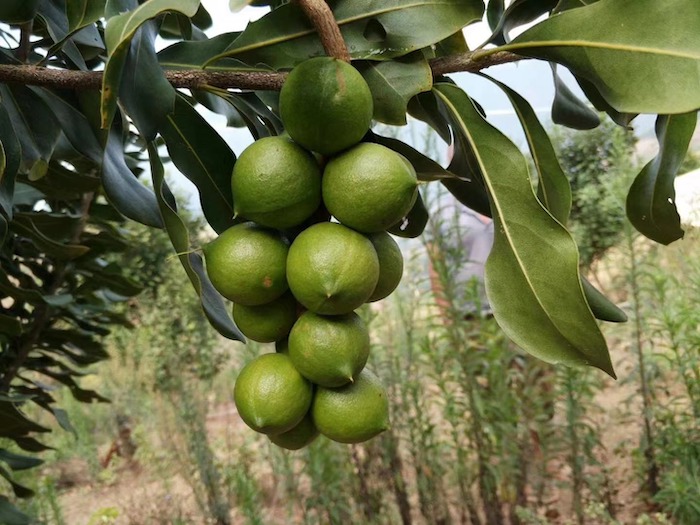
German explorer Friedrich Wilhelm Ludwig Leichhardt collected inedible Trifoliate Macadamia and called it "Malucca Nut" or "Golden Skin Nut". Its specimens are still preserved in the Melbourne Botanic Gardens, but Leichhardt did not describe it. Historians have messed up Leichhardt's report and named the plant Jindilee, thinking it was collected near Mt. Bauple, when in fact it came from the nearby Maleny, more than 100 kilometers to the south.
In 1857, Australian botanist Ferdinand Jakob Heinrich von Mueller, Baron, and Walter Hill, the director of the Brisbane Botanic Gardens, collected nut specimens. Mueller named it macadamia in 1858, and also established a unique genus Macadamia in Australia. Mueller named Macadamia in honor of his friend, Dr. John Macadam, the secretary of the Victoria Institute of Philosophy. But Mueller did not taste the delicate and delicious flavor of macadamia.
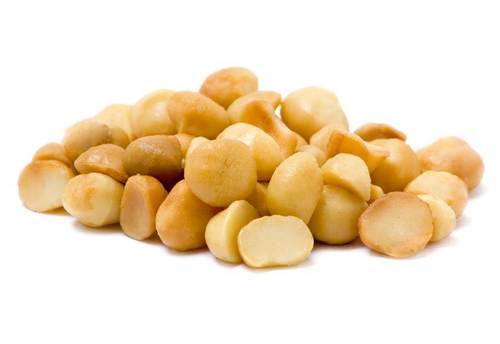
In 1858, Hill collected more macadamia nuts in Brisbane for sowing. Hill thought that to make the seeds germinate, the hard shell of the nuts must be removed. He gave this job to a young assistant and told him not to taste it because it was very bitter and possibly poisonous. But the assistant ate the nuts and said they were delicious. A few days later, the boy was still healthy, and Hill also tasted it and immediately became the second white person fascinated by the deliciousness of the nuts. Hill was the first macadamia lover and promoter. He made the seeds germinate, gave them away as gifts widely, and distributed them for planting around the world in order to exchange for plants that could be used for commercial trials in New Queensland. In 1858, he planted the first cultivated macadamia tree in the Brisbane City Botanic Gardens, which still grows tall and strong in the garden today.

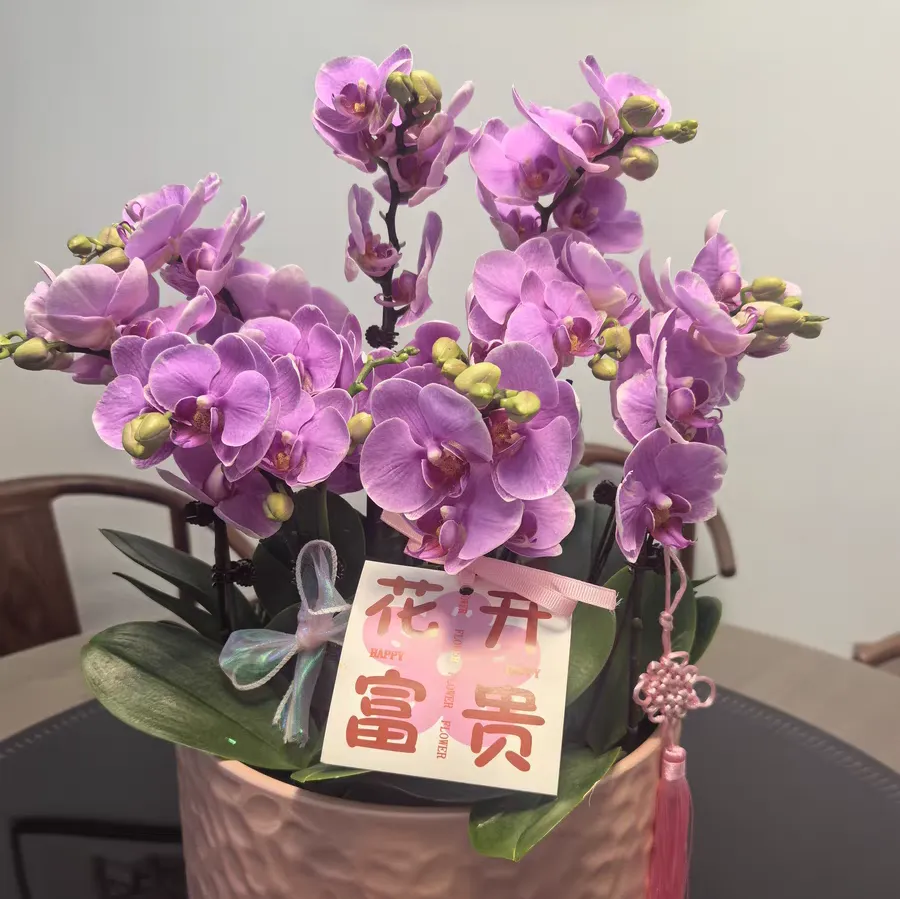
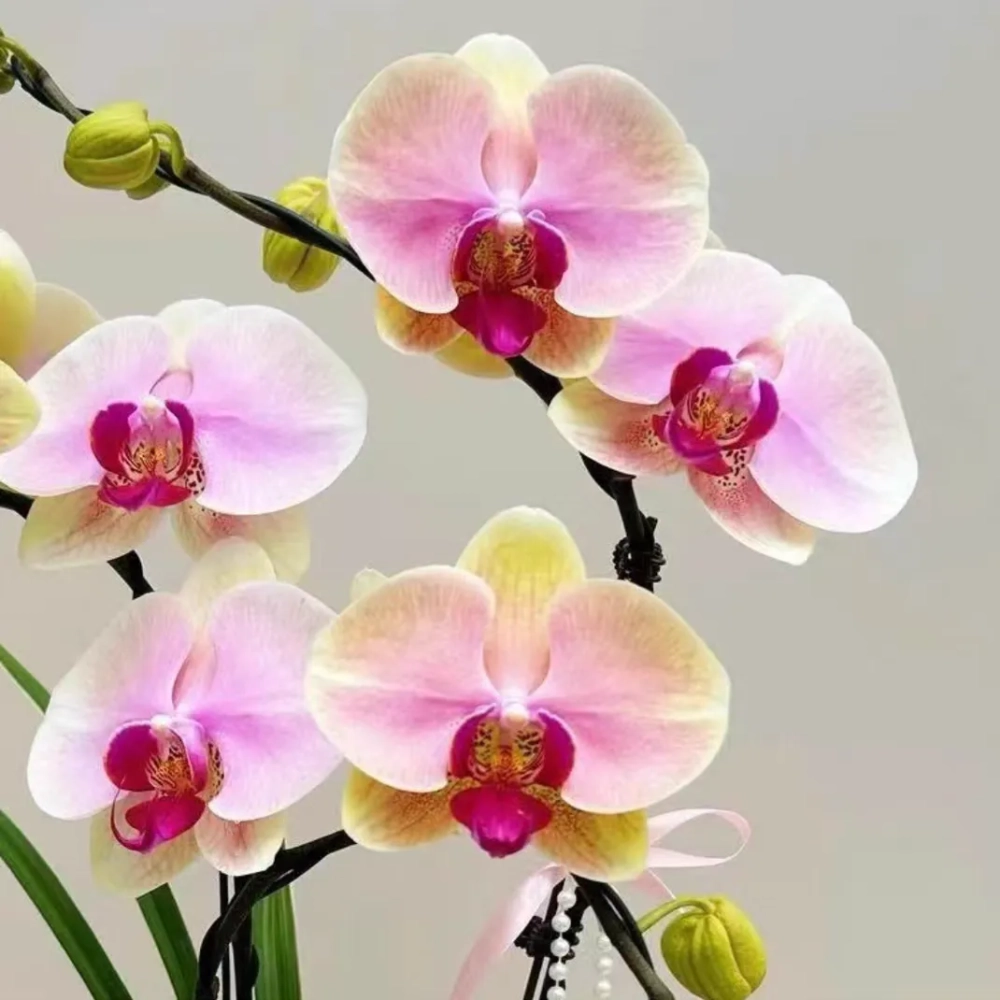
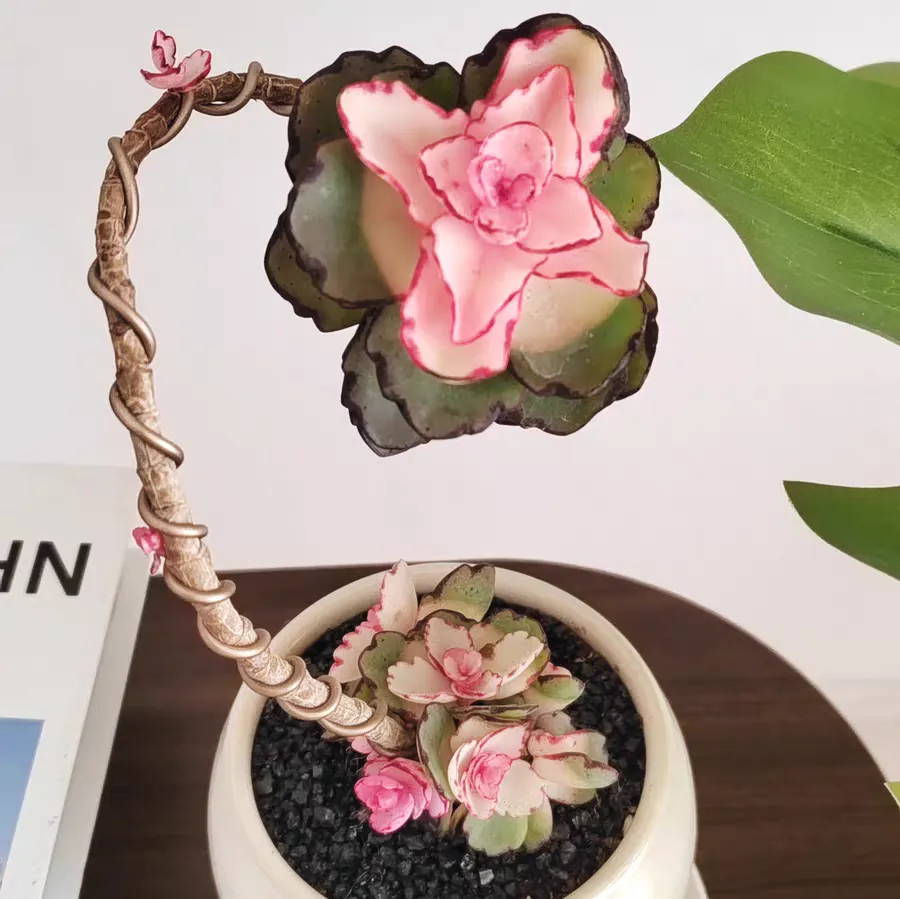
Leave a Reply